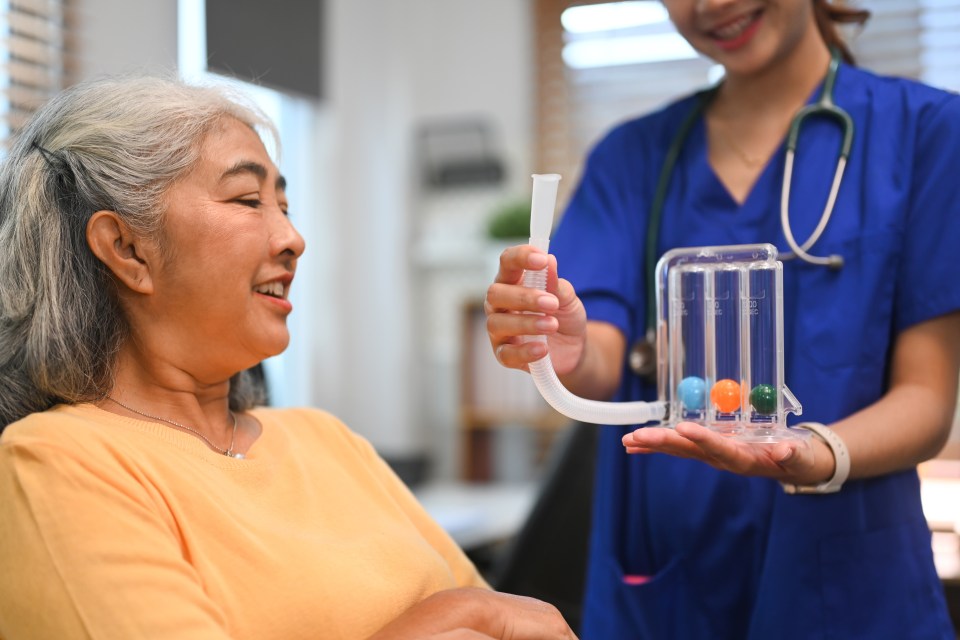Orthostatic hypotension (OH), sometimes called postural hypotension, is a drop in blood pressure that happens when you move from lying down or sitting to a standing position. The condition is common in the elderly and should not be ignored.
Orthostatic hypotension is defined as a drop of more than 20mmHg in systolic blood pressure (the top number of a blood pressure reading) or more than 10mmHg in diastolic pressure after standing for three minutes.
Cause of orthostatic hypotension
When you stand, blood from the upper body flows to the lower limbs, causing a temporary reduction in the amount of blood in the upper body. The decrease in blood volume means there is less blood for the heart to pump and blood pressure drops. OH symptoms are more common as you age because your body’s response to the shift can slow. While the changes may not be noticeable to everyone, in some cases, it can lead to dizziness or lightheadedness. Some causes for OH include:
- High blood pressure
- Diabetes
- Heart failure
- Atherosclerosis
- Dehydration
- Neurological conditions such as Parkinson’s disease and some types of dementia
- Some medications including diuretics, blood pressure medications or antidepressants
- Anemia
- Low B12 levels
- Prolonged bed rest
OH symptoms
Symptoms of orthostatic hypotension may be more severe after physical activity, in warm temperatures, after a large meal or with prolonged standing. Symptoms may also be worse when you are ill or in the morning when blood pressure tends to naturally be lower. Not everyone has symptoms of orthostatic hypotension, but when symptoms are present, they may include the following:
- Dizziness
- Lightheadedness
- Feeling faint
- Headache
- Heart palpitations
- Blurred or tunnel vision
- Nausea
- Feeling clammy
- Weakness
- Confusion
- Rarely, muscle pain in the neck and shoulders (coat hanger pain)
- Low back pain
Diagnosing orthostatic hypotension
Confirming OH usually starts with a simple test at your medical provider’s office. Your doctor may take your blood pressure while you are sitting or lying down and again once you have been standing for a period of three to five minutes. If your B/P drops by 20mmHg/10mmHg, you may have orthostatic hypotension. Additional testing may also be recommended including blood work and heart tests.
Your physician may also order a tilt table test. This is a noninvasive test typically done in a hospital. The table adjusts to create changes in posture from lying to standing while you are connected to an electrocardiogram (EKG) to record the electrical signals in the heart. Your blood pressure will also be monitored throughout the test.
Managing OH
Rarely, medications may be prescribed for orthostatic hypotension but, typically, symptoms are managed by:
- Reviewing current medications that might contribute to the condition
- Taking your time when rising from a sitting or lying position to standing. Remember to sit on the side of the bed for a few minutes before trying to stand.
- Practicing safety. Consider using a shower chair and sitting for tasks such as cooking, dressing or other jobs that can be done without standing.
- Holding onto something sturdy and stable when standing up.
- Sitting down immediately if you feel dizzy.
- Stretching before getting out of bed to get your blood circulating. Move your feet around, make a fist and release it several times and shuffle your feet when standing for prolonged periods.
- Staying well hydrated.
- Sleeping with your head elevated.
- Avoiding hot showers and baths.
- Wearing compression stockings.
Risks associated with orthostatic hypotension
Orthostatic hypotension is common in those 60 years of age and older. A scientific statement from the American Heart Association reveals an estimated 16 to 30 percent of adults over age 65 have OH, and as many as 65 percent of older adults living in an institutional setting suffer from the condition.
Statistics show hospital admissions due to orthostatic hypotension (OH) have increased dramatically over the past decade. While many cases of orthostatic hypotension are mild, long-lasting OH can indicate more serious health problems. Those with OH may also have a higher risk of bone fractures and concussions caused by falls.
If you have symptoms of OH, make an appointment with your healthcare provider. Before your visit, it is helpful to keep a log to share with your doctor. Make a note of when symptoms occurred, what you were doing when you noticed them and the length of the episode. This information can be helpful in determining next steps.
The content of this site is for informational purposes only and should not be taken as professional medical advice. Always seek the advice of your physician or other qualified healthcare provider with any questions you may have regarding any medical conditions or treatments.



